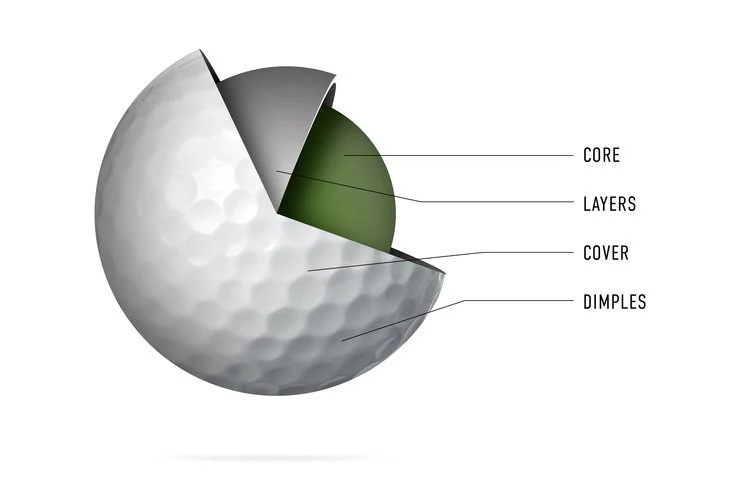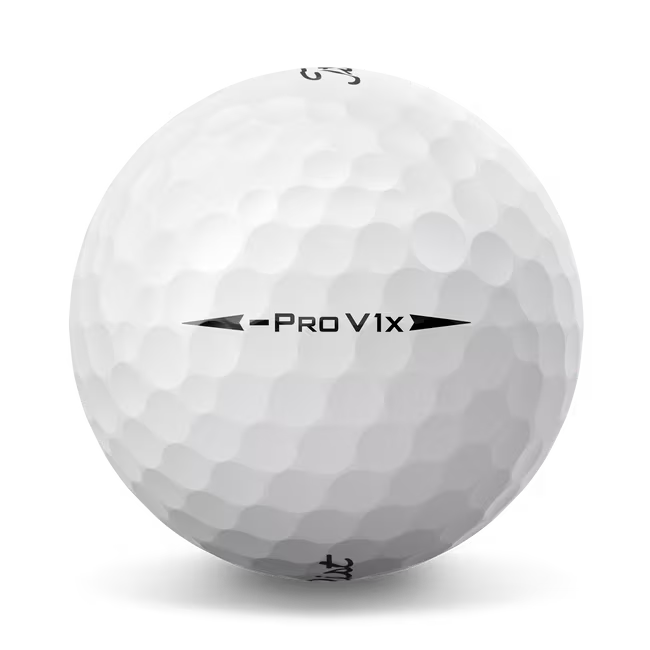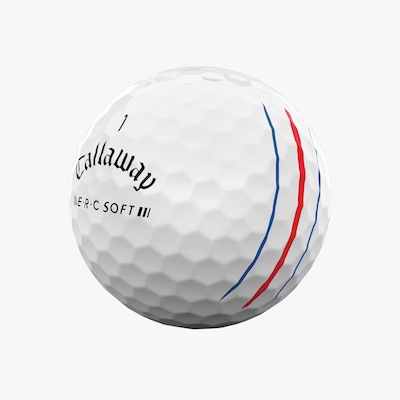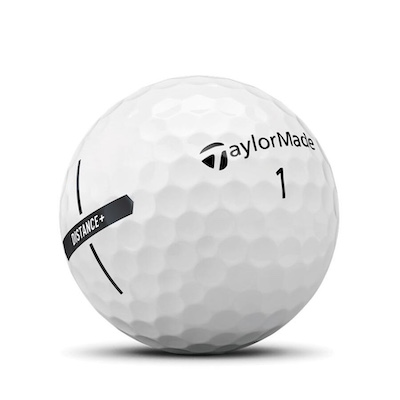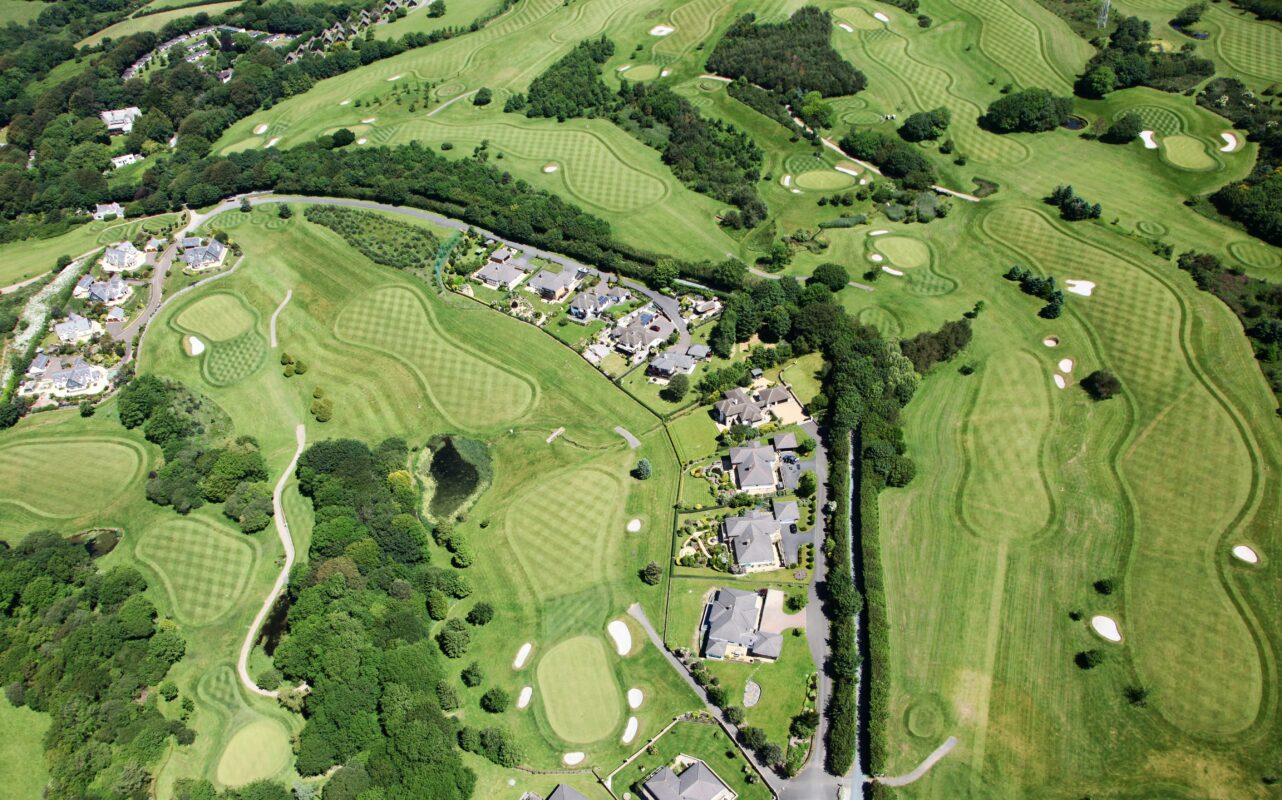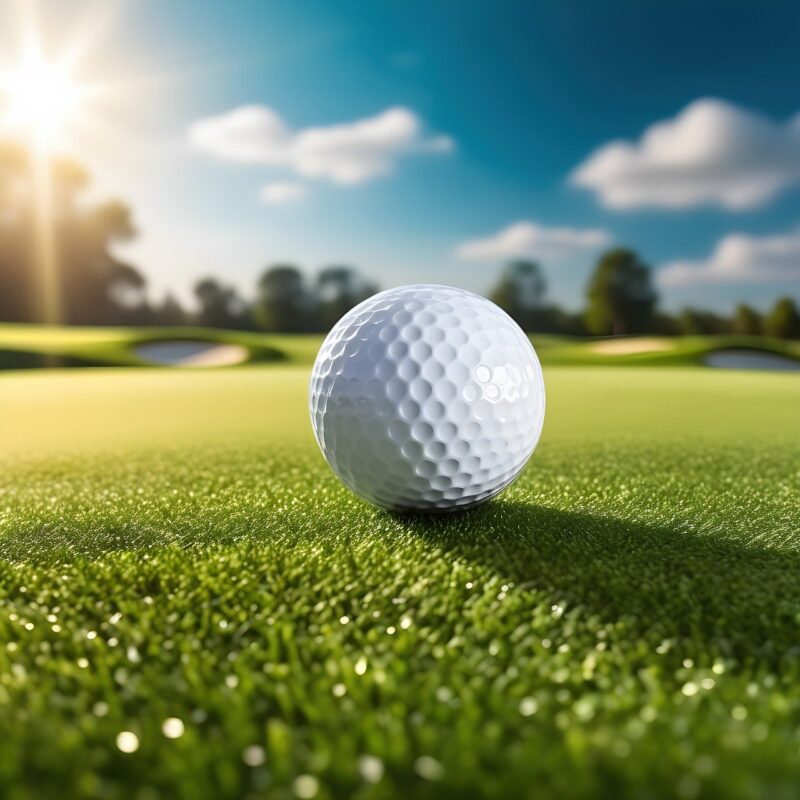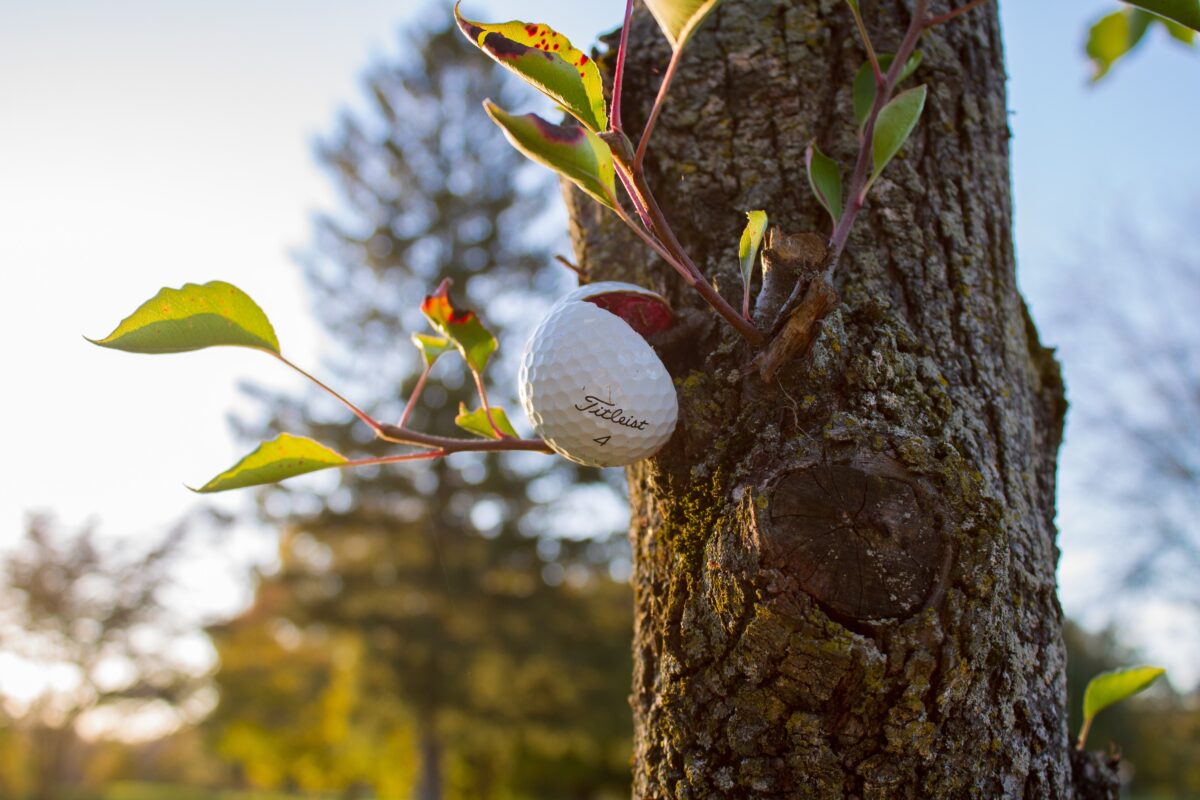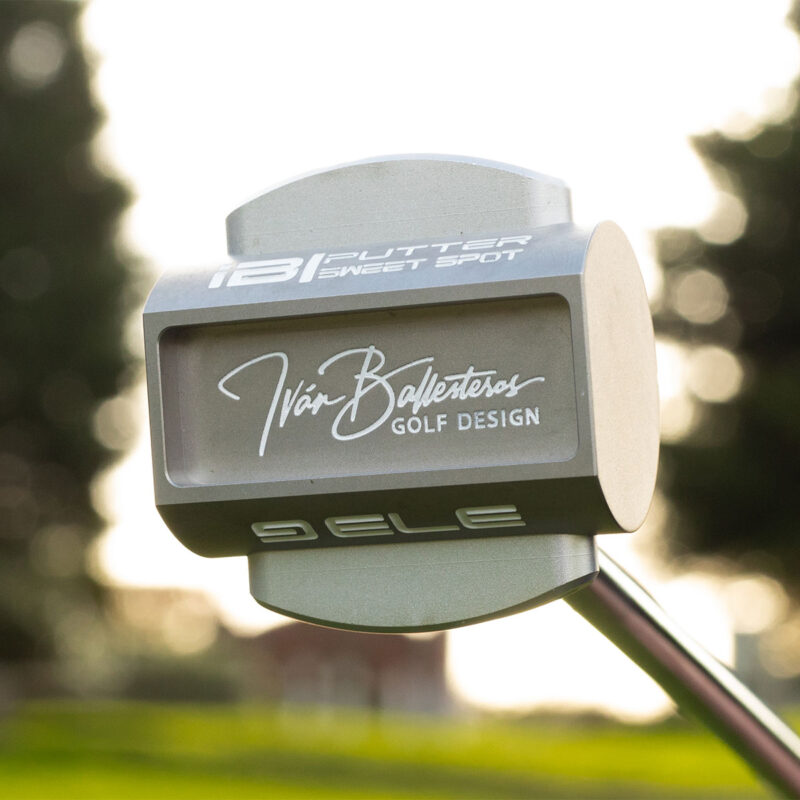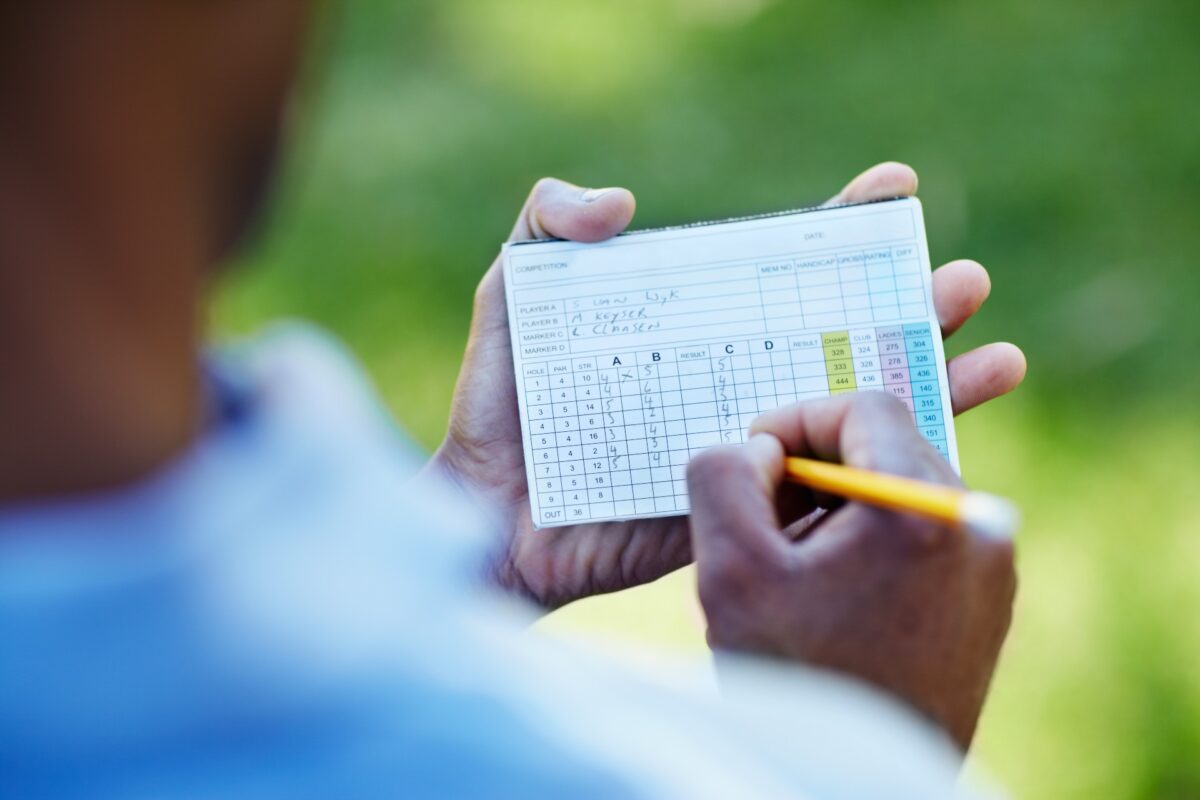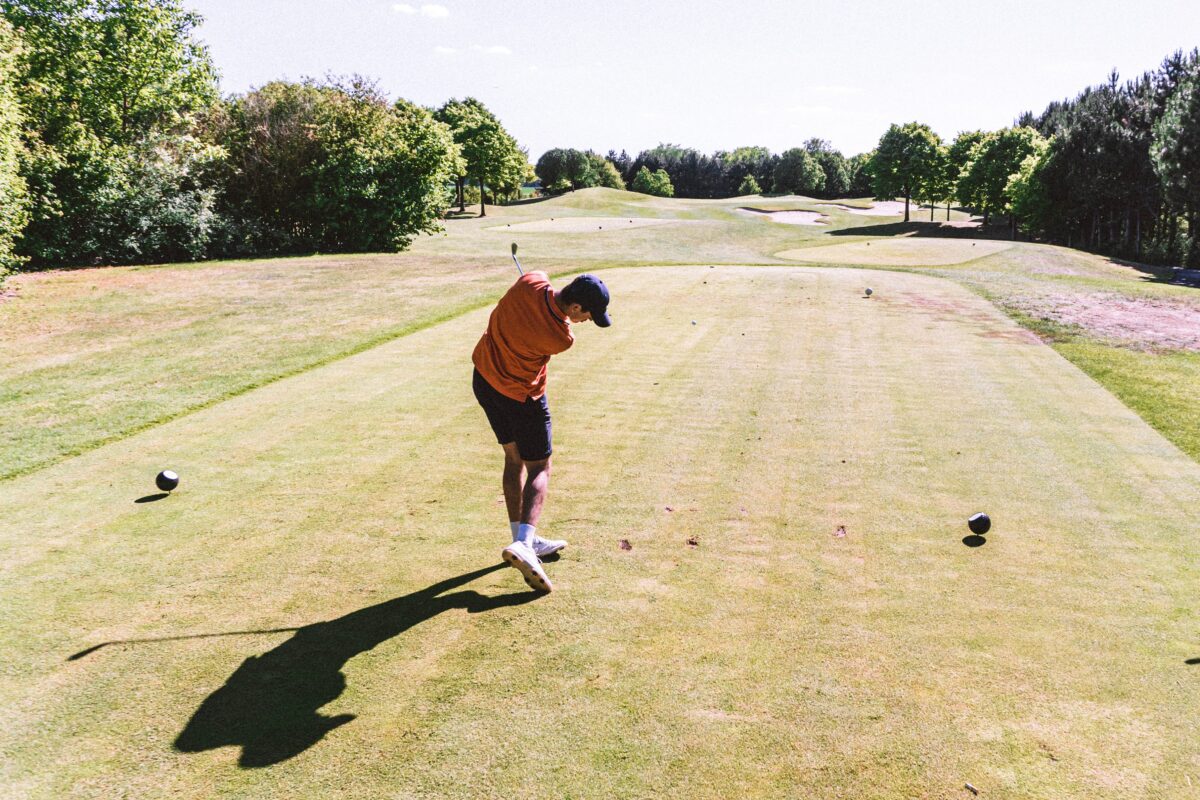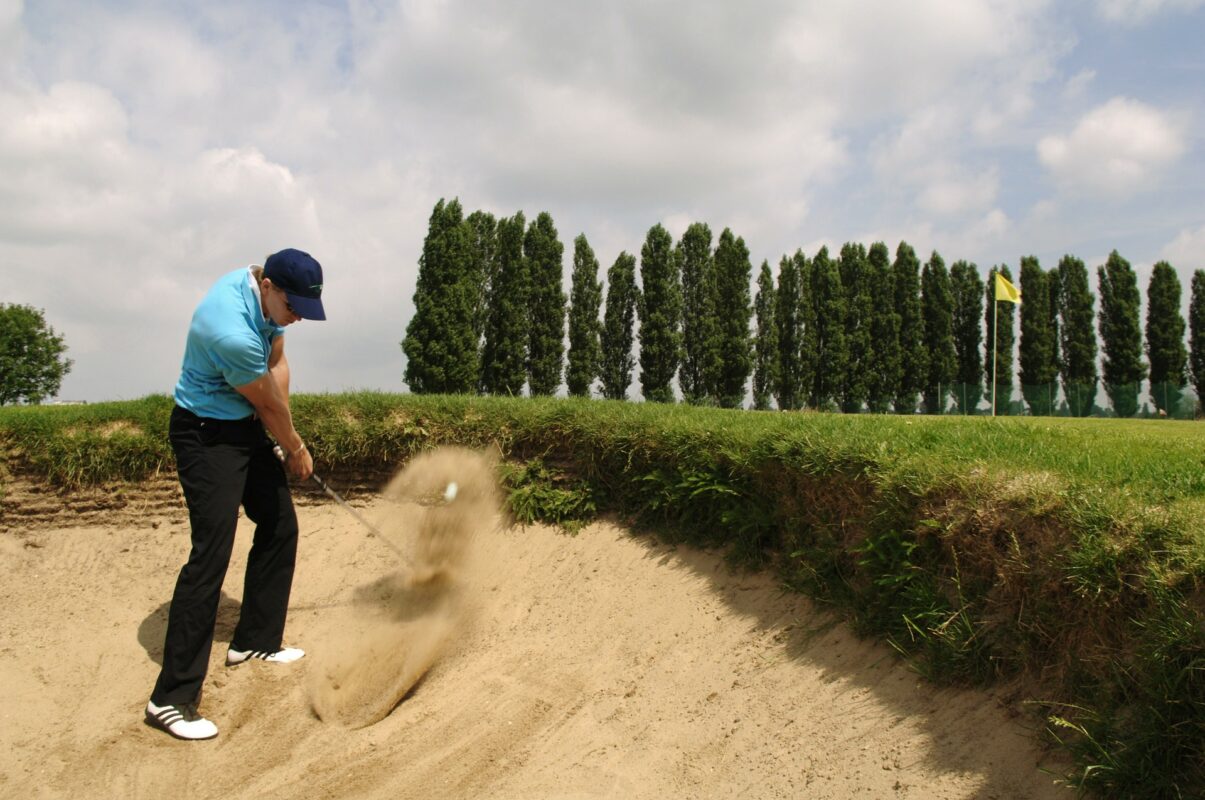How the Right Golf Ball Can Lower Your Scores
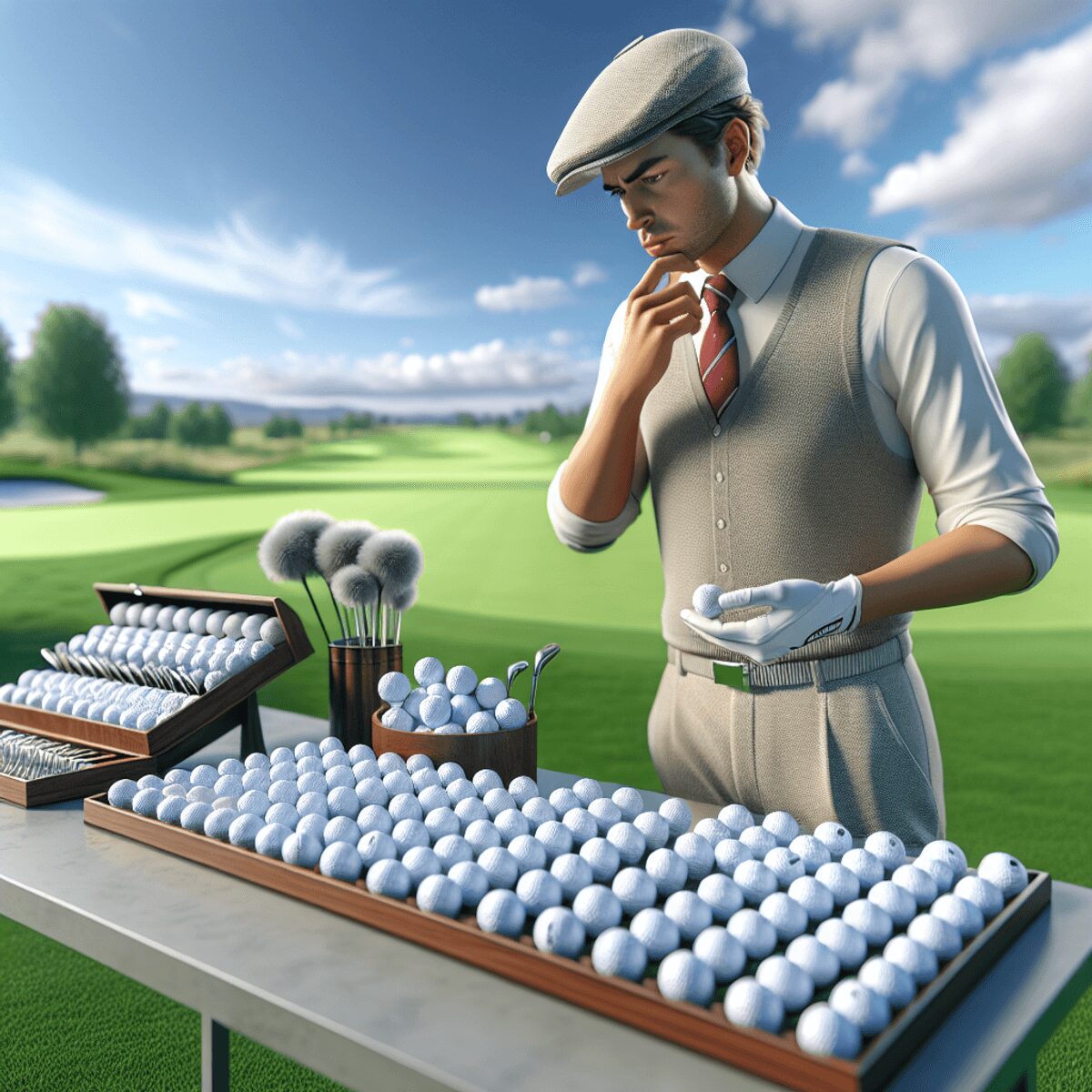
Introduction
Choosing the right golf ball is crucial for optimizing your performance on the course. The importance of golf balls cannot be overstated, as the right selection can significantly impact your game and lower your scores. From added distance to improved control, the benefits are numerous.
Key Aspects Covered in This Article:
- Types of Golf Balls: We will explore various types of golf balls available on the market, each designed to cater to specific playing styles and skill levels.
- Construction: Understanding the construction of a golf ball, including its core, mantle, cover, and dimple patterns, is essential for making an informed decision.
- Selection Factors: Learn about the factors that should influence your choice, such as swing speed, desired spin control, and feel.
To delve deeper into enhancing your golf experience, you might find our blog insightful.
Understanding Golf Ball Construction
Selecting the right golf ball begins with understanding its construction. Each component plays a crucial role in performance:
Core
The core is the engine of the golf ball, responsible for energy transfer upon impact. Typically made from rubber or synthetic materials, the core’s composition and compression level directly influence distance and feel. Lower compression cores are ideal for slower swing speeds, while higher compressions suit faster swings.
Mantle Layer
The mantle layer lies between the core and the cover, enhancing control and spin. Depending on its material and thickness, the mantle can increase ball speed or add more spin for shots requiring precision. Multi-layer balls often feature advanced mantle designs to optimize performance across different clubs.
Cover
The cover affects flight trajectory and durability. Common materials include Surlyn and urethane:
- Surlyn: Durable and provides a firmer feel, making it suitable for beginners seeking distance.
- Urethane: Offers a softer feel with greater spin control, preferred by skilled players focusing on short game accuracy.
Dimple Patterns
Dimple patterns are engineered to reduce drag and enhance lift, contributing to consistent flight paths. Variations in dimple design can influence aspects like trajectory, stability in windy conditions, and overall distance.
Understanding these components helps tailor your choice to match your playing style and goals, ensuring you get the most out of every round on the course.
Types of Golf Balls: Which One is Right for You?
Selecting the right golf ball is essential for optimizing your gameplay. Understanding the different types available can make a significant difference in your performance. Here’s a closer look at various golf ball types and their specific advantages.
Distance-Focused Two-Piece Golf Balls
Two-piece golf balls are widely popular, particularly among beginners and average players. Their construction comprises a solid core and a durable outer cover, usually made of Surlyn or urethane. This design ensures maximum distance and durability, making them an excellent choice for those who prioritize consistency and length in their shots.
Key Benefits of Two-Piece Golf Balls:
- Distance: The solid core efficiently transfers energy from the club to the ball, resulting in longer drives.
- Durability: The sturdy outer cover resists cuts and scuffs, extending the lifespan of each ball.
- Consistency: These balls provide predictable flight patterns, helping players maintain consistent performance.
Beginners often struggle with achieving long distances off the tee. Two-piece balls offer a forgiving nature that compensates for less accurate swings, reducing dispersion and ensuring more straight shots. Brands like TaylorMade Distance+ and Callaway ERC Soft are renowned for delivering impressive distance while maintaining playability.
Urethane Golf Balls: Spin Control Masters for Skilled Players
Experienced golfers looking to enhance their short game performance often turn to urethane-covered golf balls. These balls typically feature multi-layer construction, with urethane as the outer cover material. Urethane provides exceptional spin control, allowing skilled players to execute precise shots around the green.
Advantages of Urethane-Covered Golf Balls:
- Spin Control: The soft urethane cover allows for higher spin rates on short iron and wedge shots.
- Feel: These balls offer a softer feel during impact, which many players prefer for better feedback.
- Short Game Performance: Enhanced spin control helps in executing delicate chip shots and pitches with greater precision.
Golfers with lower handicaps benefit significantly from using urethane balls like Titleist Pro V1x or Chrome Soft, which offer superior control without sacrificing distance. The ability to stop the ball quickly on greens is invaluable for improving scoring potential.
Understanding these distinctions helps tailor your choice to your specific needs, whether it’s gaining extra yards off the tee or mastering your short game around the greens.
Urethane-covered golf balls are the top choice for experienced golfers looking to improve their short game. Unlike two-piece balls designed for distance, urethane balls provide better spin control, making them perfect for accurate shots near the green.
Benefits of Urethane Golf Balls:
- Better Spin Control: The urethane cover allows for greater interaction between the clubface and the ball, resulting in increased spin rates. This is especially helpful for pitch, chip, and bunker shots where control is crucial.
- Soft Feel: These balls have a softer feel when struck, giving skilled players better feedback and touch on delicate shots.
- High Performance: With multi-layer constructions (three-piece, four-piece, or even five-piece), these balls are designed to optimize performance across different types of shots.
For golfers who have already mastered the basics and want to take their game to the next level, urethane-covered golf balls provide the accuracy and consistency needed to lower scores.
The Role of Compression in Performance: Finding Your Ideal Fit
Compression rating plays a crucial role in how a golf ball performs during impact and flight. It directly affects the feel and distance of your shots, which varies with different swing speeds.
Key Factors Influencing Compression:
- Swing Speed: Lower compression balls (rating 40-70) are ideal for slower swing speeds, providing a softer feel and better energy transfer. Higher compression balls (rating 90-110) suit faster swings, offering more control and less deformation at impact.
- Feel at Impact: A low-compression ball feels softer, making it easier to compress fully with slower swings. This results in greater distance for players with moderate swing speeds. Conversely, high-compression balls feel firmer and require higher swing speeds to achieve optimal performance.
Swing Speed Recommendations:
- Slow Swing Speeds (Under 85 mph): Opt for lower compression balls to maximize distance.
- Moderate to High Swing Speeds (85-105+ mph): Choose higher compression balls for added control and reduced spin off the tee.
Understanding these nuances helps tailor your choice to your specific game needs, ensuring improved performance on the course.
Golf Ball Fitting: Maximizing Your Potential on the Course
Golf ball fitting is a personalized process where experts analyze your swing characteristics, including speed, launch angle, and spin rates, to recommend the best ball for your game. This tailored approach ensures that the golf ball complements your unique playing style, leading to optimized performance.
Benefits of Golf Ball Fitting:
- Enhanced Distance: Matching your swing speed with the right compression level can maximize distance.
- Improved Control: Fitting helps in selecting a ball that offers better spin control for short game shots.
- Consistent Performance: Using a fitted ball provides consistency in flight and feel, enhancing overall gameplay.
Exploring different types of golf balls personally can also offer valuable insights into their performance characteristics beyond technical specifications.
Impact on Gameplay and Scoring: Real-Life Examples from Different Handicaps
Understanding how the right golf ball can influence your game starts with recognizing its impact across various skill levels. Golfers with different handicaps experience varying benefits from choosing an appropriate ball.
Low Handicap Golfers
For golfers with a handicap under 5, the focus is often on precision and control. Using a premium urethane-covered ball like the Titleist Pro V1x Left Dash can provide the necessary spin control and feel around the greens.
Example: John, a low-handicap golfer, switched to the Pro V1x Left Dash and noticed his short game improved significantly. The enhanced spin allowed for more precise approach shots, reducing his scores by 2-3 strokes per round.
Mid Handicap Golfers
Golfers with handicaps between 5 and 15 benefit from balls that offer a balance between distance and control. A three-piece ball such as the Callaway ERC Soft can deliver this balance effectively.
Example: Sarah, with a 10 handicap, found her drives were more consistent when she started using the Callaway ERC Soft. The added distance off the tee combined with reliable short game performance helped her lower her handicap by 2 points within a few months.
High Handicap Golfers
For those with handicaps over 15, minimizing dispersion and maximizing distance are crucial. Two-piece balls like the TaylorMade Distance + are ideal for these players.
Example: Mike, a high-handicap golfer, experienced fewer errant shots and added yards to his drives after switching to TaylorMade Distance + balls. This change resulted in more fairway hits and an overall reduction in his average score by 4-5 strokes per round.
Choosing the right golf ball tailored to your specific needs can make a substantial difference in your performance on the course. This selection process aligns closely with understanding your individual golfing characteristics and optimizing your equipment accordingly.
Testing Different Ball Types: Evaluating Performance Beyond Numbers
When it comes to testing golf balls, several evaluation factors should be considered beyond mere numbers. Personal testing is crucial for finding a ball that complements your unique playing style. Here are some best practices:
Best Practices for Testing Golf Balls
1. Short Game Shots
- Start by evaluating how each ball performs in the short game. Chips, pitches, and putts often reveal the most about a ball’s feel and control.
- Example: A urethane-covered ball might offer better spin and control on the greens compared to a two-piece distance ball.
2. Sound and Feel
- Pay attention to the sound of impact and the feel during play. These subjective aspects can significantly affect your comfort and confidence on the course.
- Example: Some players prefer the audible feedback of a firmer ball, while others might enjoy the softer touch provided by low-compression options.
3. Course Testing
- Take promising options out for a full round or practice session on the course. This allows you to observe their performance in real-world conditions.
- Example: Use different balls for various shots like drives, iron shots, and putts to gauge their overall versatility.
Trusting Your Instincts
After thorough evaluation, trust your instincts when choosing between similar options. Personal preference plays a significant role in confidence and performance:
- Feel: If two balls offer comparable distance and spin but differ in feel, go with the one that feels right.
- Consistency: Consistency in performance can often outweigh slight differences in technical specifications. Choose a ball that consistently meets your needs across multiple rounds.
Testing golf balls is an essential step in optimizing your game. By considering both objective metrics and subjective experiences, you’ll be better equipped to find a ball that enhances your performance on the course.
Conclusion: Choose Wisely, Play Better!
Selecting the right golf ball tailored specifically to your game can lead to:
- Enhanced Performance: Achieve greater distance, better control, and improved scoring.
- Increased Enjoyment: Experience more consistency and satisfaction in each round.
Choosing wisely is essential for lowering your scores and maximizing your potential on the course. Trust your instincts, test various options, and find the perfect fit that complements your unique playing style.
By understanding the importance of the right golf ball, you’re on the path to not just playing better but enjoying every moment of your game.
F.A.Q.
Q: How do I know which golf ball I should use?
A: Choosing the right golf ball depends on your skill level and personal preferences. Soft golf balls are great for better control and feel, while hard golf balls offer more distance. It’s important to find the right ball that matches your style of play.
Q: What’s the deal with the new type of golf ball on the market?
A: New golf balls are constantly being designed to improve performance on the golf course. These can include advancements in spin separation, ball’s flight, and compression to suit faster swing speeds and deliver greater control and distance.
Q: Why is golf ball design so important?
A: The design of a golf ball can significantly impact your game. Factors like the number of pieces (one-piece, two-piece, three-piece, or four-piece balls), compression rating, and cover material all contribute to how the ball behaves in the air and on the ground.
Q: Which are the best golf balls for beginners?
A: Beginners might find soft golf balls more forgiving, as they offer a better feel and more control. It’s generally recommended to avoid high compression golf balls until you improve your swing speed and skill level.
Q: What are the differences between one-piece balls and multi-piece balls?
A: One-piece balls are mostly used for practice; they’re durable but don’t offer much performance. Multi-piece balls, like three-piece golf balls or four-piece balls, provide better control, distance, and feel, which are preferred for actual play.
Q: How does ball compression affect my game?
A: The golf ball’s compression affects how the ball reacts when struck. Low compression (soft golf balls) are good for slower swings and more feel, while high compression balls are better for faster swing speeds, allowing you to compress the ball adequately for maximum distance.
Q: Are premium golf balls worth the investment?
A: Premium golf balls often offer better overall performance, including enhanced spin, control, and distance. They’re especially beneficial for better players who can notice and take advantage of these improvements to fine-tune their game.
Q: How do I test different golf balls to find the right one for me?
A: The best way to find the perfect golf ball is to try out different brands and types on the golf course. You can also consult with local golf pros or use a compiled a buyer’s guide that lists the pros and cons of various balls to help make an informed decision.
Q: What’s the advantage of using a high spin golf ball?
A: High spin golf balls can give better players more control over their shots, especially around the greens. They allow for more precision when trying to stop the ball quickly after it lands, which is crucial for targeted shots.
Q: What factors should I consider when choosing a new golf ball?
A: When selecting a new golf ball, consider your skill level, swing speed, and what you want to achieve on the golf course. Pay attention to the ball’s compression, cover material, and the number of pieces, as these will affect its performance and feel.

